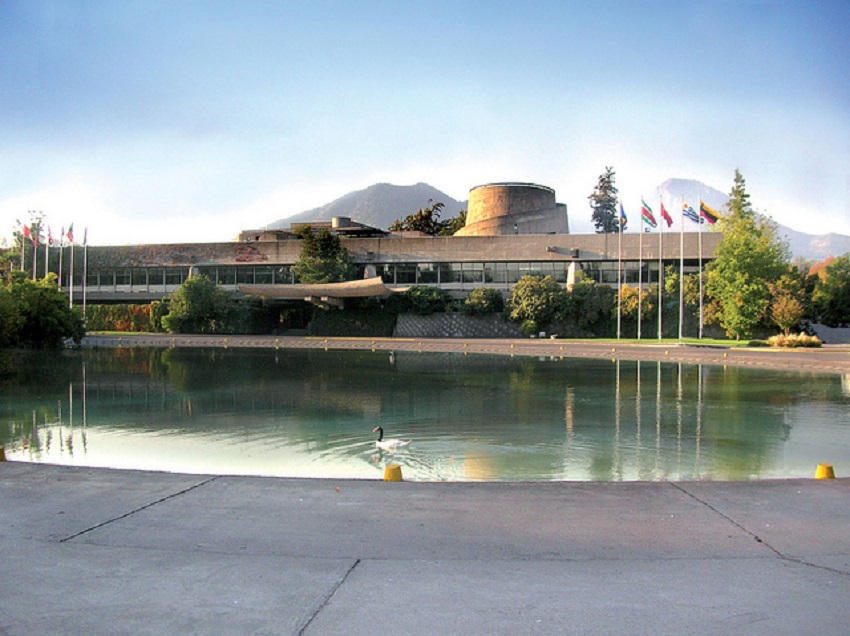RIO DE JANEIRO, BRAZIL – The organization’s preliminary report, which is based in Chile’s capital, states that the region will grow by only 0.1 percent on average in 2019, while growth forecasts for 2020 remain low at around 1.3 percent.
As a result, 2014-2020 will be the period with the lowest growth in Latin America and the Caribbean in the past seven decades.

It states that most countries and sectors have experienced a general economic slowdown, ending six consecutive years of limited growth.
The trend towards declining economic activity, with a drop in the gross domestic product (GDP) per capita, less investment, a decline in per capita consumption, lower exports and continuing deterioration in the quality of employment is also of concern.
For instance, the region’s GDP per capita has shrunk by four percent between 2014 and 2019. Concurrently, unemployment has risen from eight percent in 2018 to 8.2 percent in 2019, reaching a new peak of 25.2 million unemployed individuals.
In contrast, the ECLAC’s 2020 forecasts suggest that the Caribbean states will continue to lead the regional growth with a sub-regional average of 5.6 percent.
However, according to the report, most of the countries in the region enjoy favorable conditions: historically low inflation and relatively high international reserves, good access to international financial markets and low-interest rates.
According to the ECLAC, these conditions encourage the implementation of macroeconomic policies aimed at reversing the current low growth rates. At the presentation of the report in Santiago, Alicia Bárcena, the ECLAC’s Executive Secretary, said that it was crucial to reactivate economic activity through increased public spending on investment and social policy.
Moreover, in order to meet social requirements, short-term redistribution efforts must be complemented by increasing the provision and quality of public goods and services.

